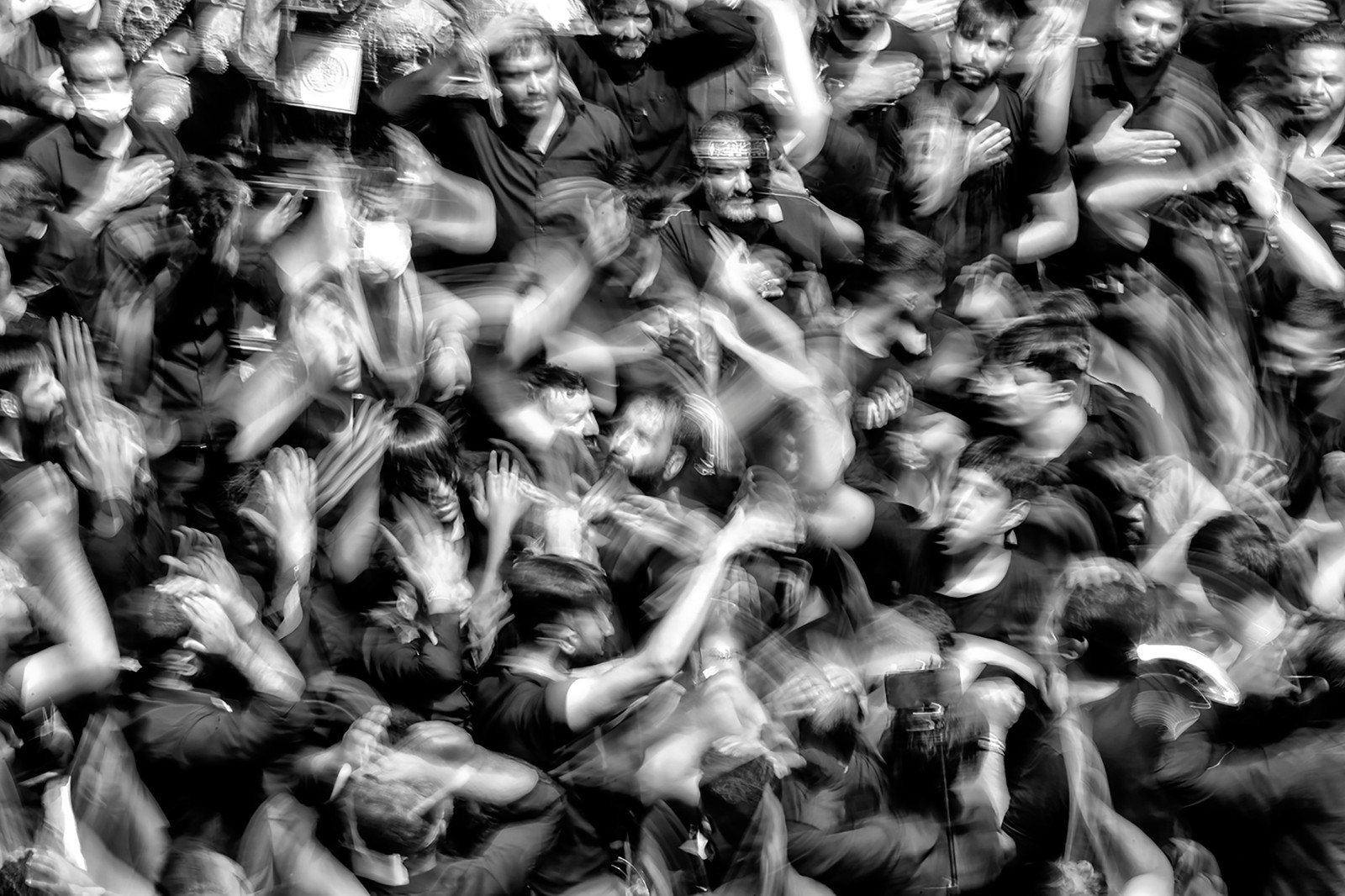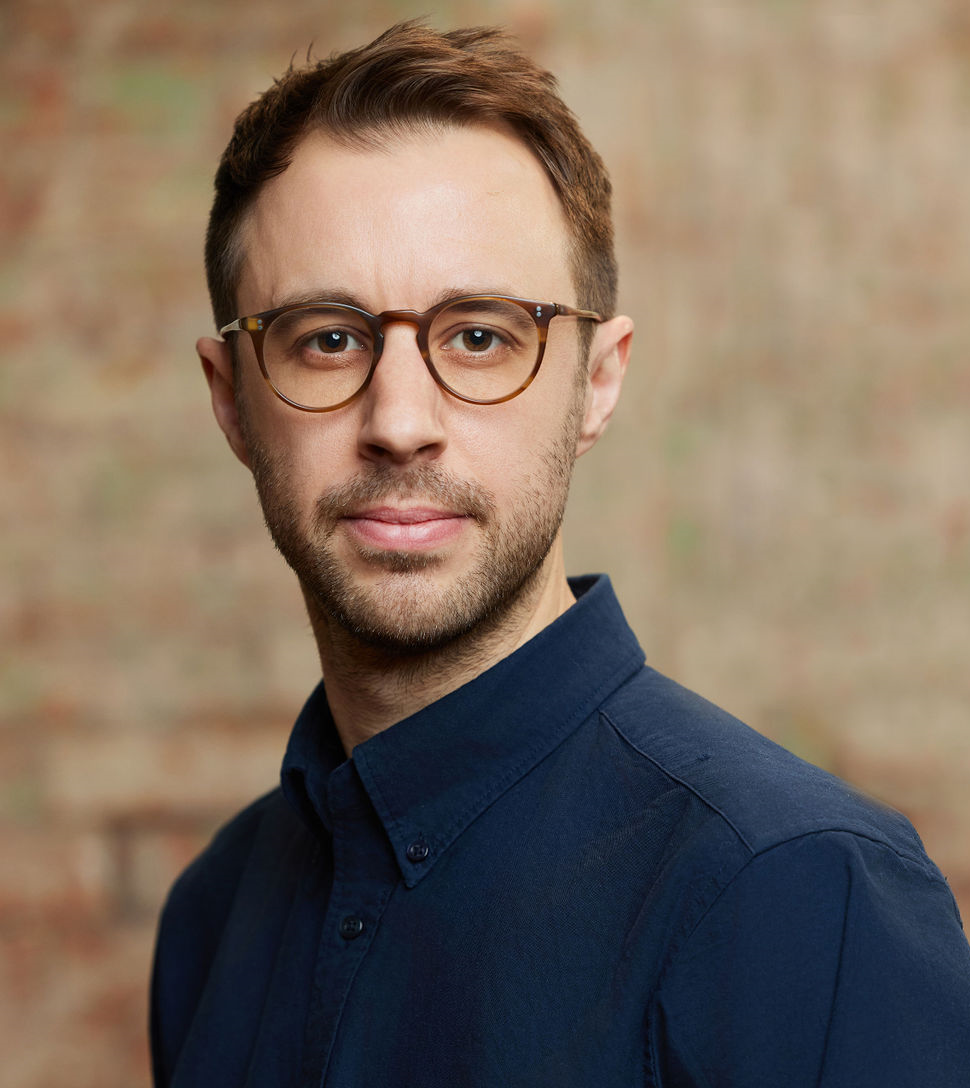Why social video platforms should worry about their creators in the squeezed middle

Photo: Amir Arabshahi

The fallout of the pandemic exposed some uncomfortable truths about the creator economy. After an engagement boom during lockdown, the seemingly endless audience for social video content suddenly appeared finite. As stay-at-home workers returned to the office, a mismatch emerged between early-stage and mid-tier creators searching for a bigger audience, and entertainment consumers dedicating more time to work. Gone were the days where creators could start a livestream with no plan and begin amassing a following on YouTube or Twitch. Discovery was now a clear pain point for creators.
Ironically, some creators turned this problem into an opportunity. They began creating content dedicated to helping fellow creators ‘cut through the noise’. The advice was wide-ranging, and sometimes conflicting, but the overarching message was clear: creators needed to produce better content more often if they wanted increased engagement. This meant spending more time planning to maximise their entertainment factor, or more money on equipment to lift the production value of their output. This advice was beneficial for the social video platforms because it spurred creators towards professionalising their content. Professional-looking videos are important for social video platforms because they want to recalibrate the perception of some advertisers who view user-generated content as being less respectable than TV shows and movies.
While some creators benefited from these steps, the increase in workload drove others towards burnout. It also did not address the underlying issue with discovery, or the widening gap between mid-tier and top-tier creators when it came to earnings from donations, advertising, and sponsorships. At the height of the problem, MIDiA advised mid-tier creators to proactively forge creator groups to bolster their commercial clout through their collective reach.
The big squeeze
However, that problem now risks spreading from the top to the bottom. Artificial intelligence is poised to significantly lower the barrier to entry for video creation, largely driven by text-to-video tools such as Sora and Google’s Veo. The social video platforms hope this will lead to bigger audiences and more advertising income. Yet, there is a risk that a swarm of purely generative AI accounts will erode the audiences of mid-tier creators by spreading engagement thinly across a greater number of accounts.
Featured Report
Social 2025 Navigating platforms for fan power
The biggest apps are in the process of disruption. TikTok’s uncertain future and Meta’s apps relaxing content restrictions and fact checking will constitute greater challenges for creators, advertisers, and audiences looking to use and benefit from these platforms.
Find out more…This a problem waiting to bite for social video platforms. Despite the post-pandemic discovery issues, they have remained focused on onboarding new creators. Many have turned to building first-party video creator tools to make creation fun and easy for new users. Meanwhile, AI tools aimed at the mid-tier are designed to ease the burden of the mundane tasks, so they can create more. What mid-tier creators really need is help targeting and fostering like-minded audiences, but the platforms are taking a ‘more content is the answer, what is the question?’ approach.
YouTube’s smart TV crusade
For the likes of YouTube, this issue needs to be managed carefully. The platform is in the ascendancy, as it challenges Netflix for dominance of smart TV viewing. YouTube is supporting this push by talking up the professional quality of creator content. This is plain to see in the output of MrBeast, whose videos are more akin to a high budget reality TV show than a YouTube vlogger. And yet, the MrBeasts of this world are few and far between. Many YouTube creators earn substantially less and create content as a labour of love for their audiences. With 261m subscribers, MrBeast’s relationship with his audiences bears a greater resemblance to a TV network than that of a mid-tier creator.
Without tools to help mid-tier creators reach, sustain, and grow their audiences, the appeal of creating content will lose its lustre. Social video platforms could then become the domain of AI content and superstar creator content, the latter of which now increasingly resembles TV. Not only would fewer creators break through to become the superstars of tomorrow, but these platforms would start creating a more arms-length relationship with viewers.
Social video platforms have a balancing act to strike. Ignoring the potential of AI and the rise of superstar creators would be foolish. Yet, allowing the squeezed middle to suffer risks pulling the platforms away from the unique selling point that made them so successful: the close relationship between creators and their viewers.

The discussion around this post has not yet got started, be the first to add an opinion.